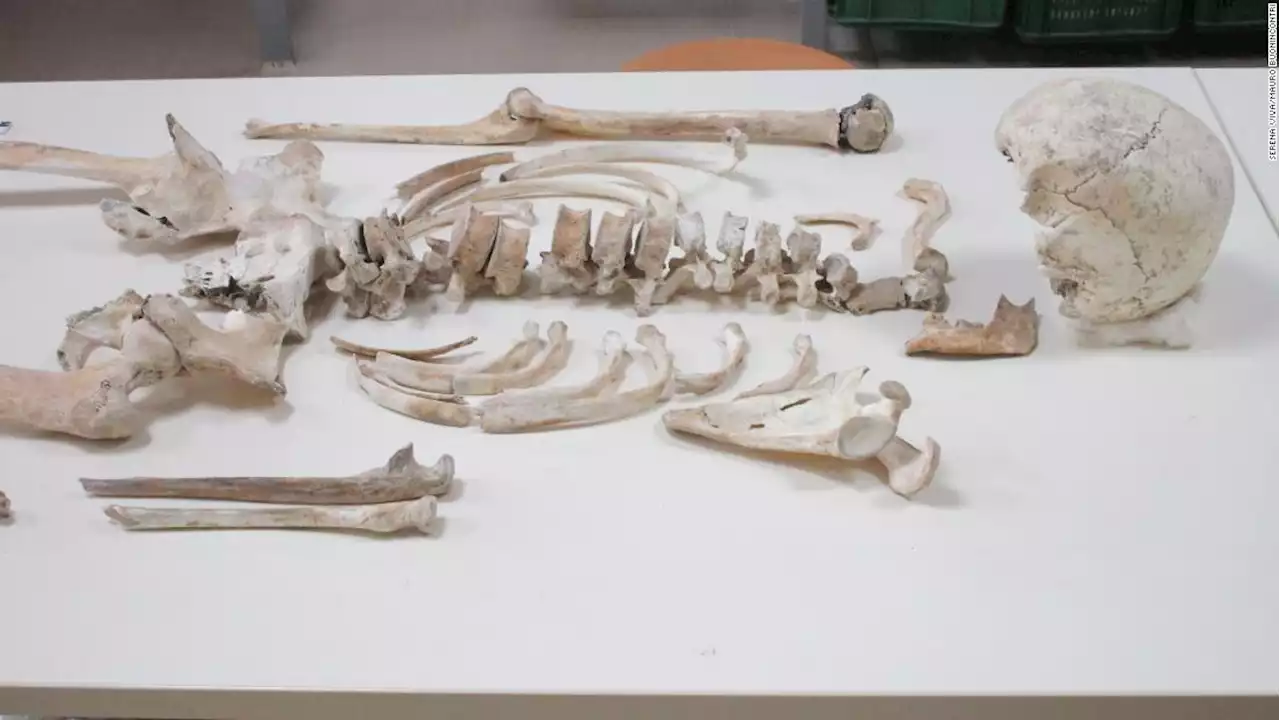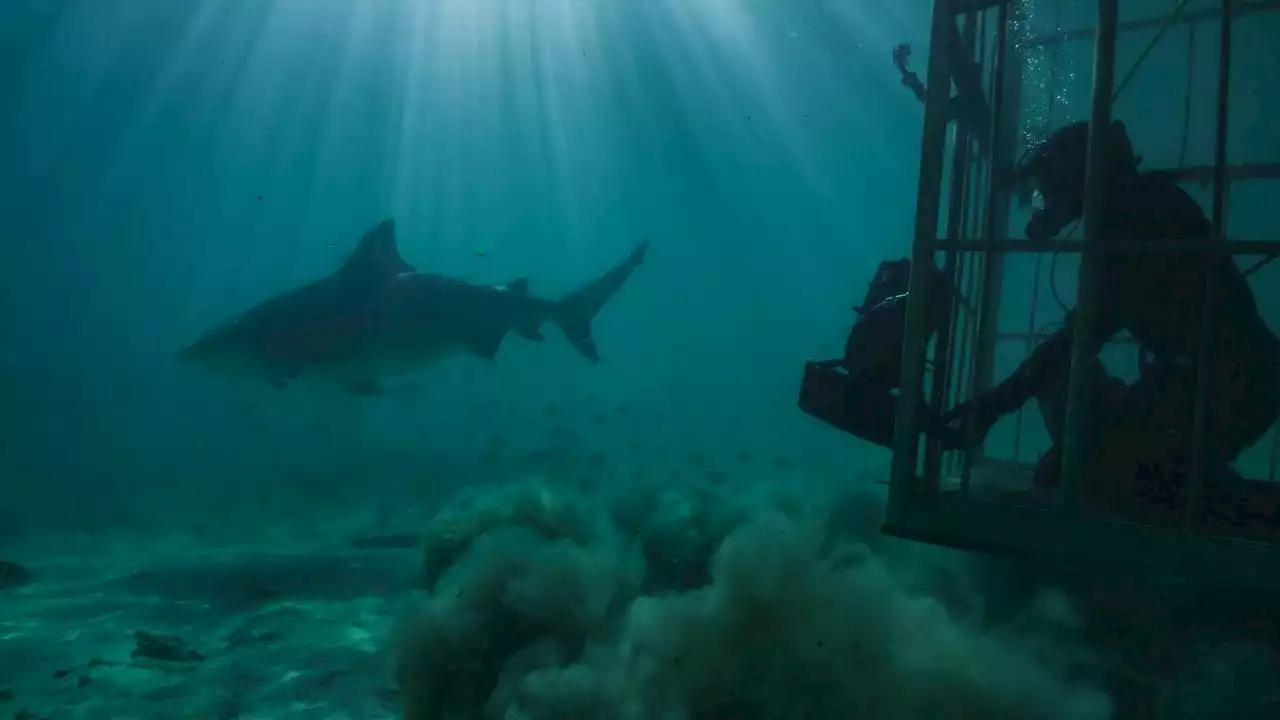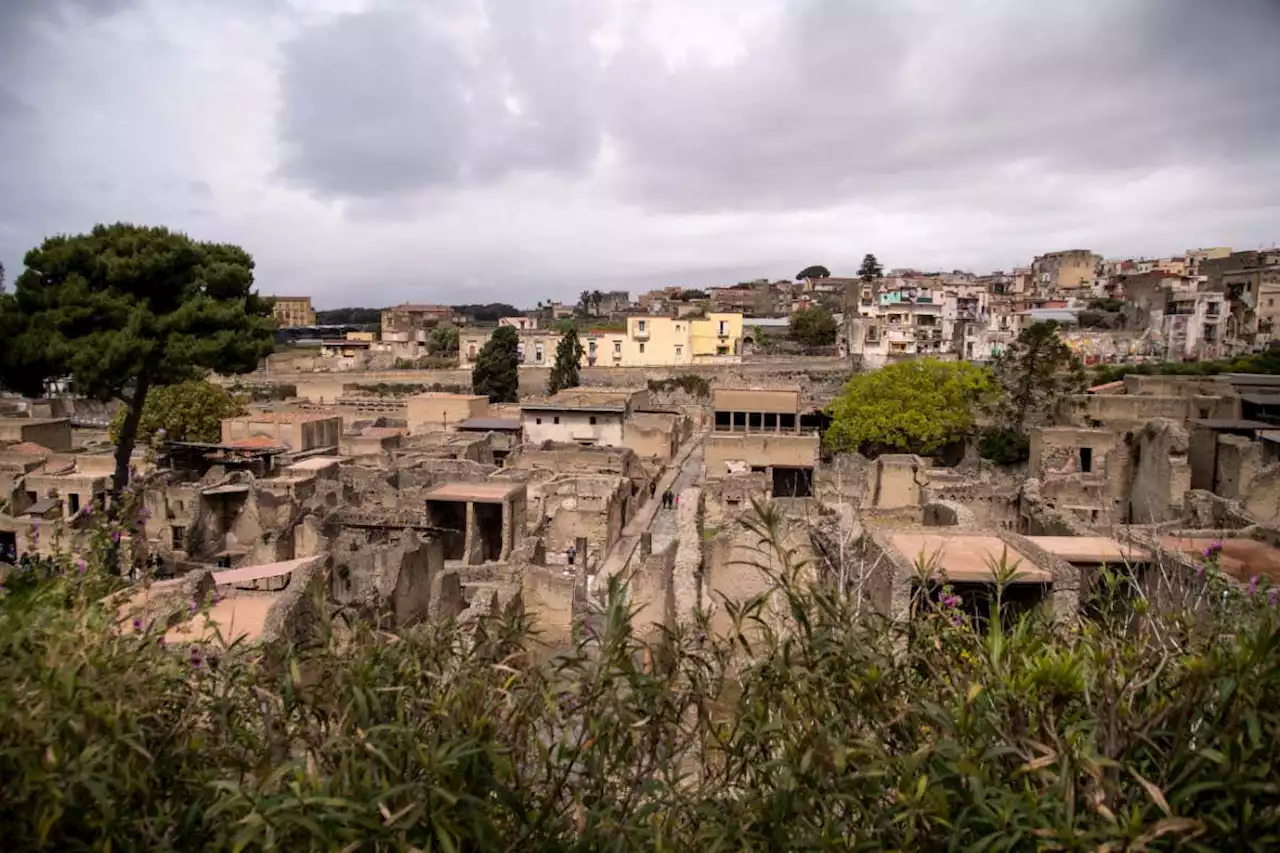When Mount Vesuvius erupted in AD 79, the nearby town of Herculaneum was buried in extremely hot ash, and flooding may have preserved the proteins in human bones found there
at the University of Naples Federico II, Italy, and his colleagues extracted small samples of bone from seven human skeletons recovered from Pompeii and five recovered from Herculaneum. They found that they could isolate traces of ancient protein from all of the samples.
“This is the first work aimed at the detection of [proteins] in people exposed to high temperatures,” says Petrone.Surprisingly, he says, bones from Herculaneum contained a greater diversity of proteins than those from Pompeii, even though they endured higher temperatures. This may be because the bones at the two sites have experienced a different fate since the disaster. The volcanic ash at Herculaneum is thought to have remained waterlogged for most of the last 2000 years, which might have limited the breakdown of proteins in the bones by microbes. Fluctuations in the local water table mean the ash at Pompeii periodically dried out, says Petrone, probably allowing for more microbial-driven decomposition.
The fact that proteins in human bone can survive high temperatures could inspire further investigation, the researchers say. For instance, it may lead to research exploring which of the
United States Latest News, United States Headlines
Similar News:You can also read news stories similar to this one that we have collected from other news sources.
 D.C.-area forecast: Heat builds through a mainly sunny Memorial Day weekendPleasant temperature near 80 today are around 90 by Monday.
D.C.-area forecast: Heat builds through a mainly sunny Memorial Day weekendPleasant temperature near 80 today are around 90 by Monday.
Read more »
 Defining mitochondrial protein functions through deep multiomic profiling - NatureA multiomics resource characterizing human mitochondrial proteins enables identification of biological functions and supports genetic diagnosis of mitochondrial pathologies.
Defining mitochondrial protein functions through deep multiomic profiling - NatureA multiomics resource characterizing human mitochondrial proteins enables identification of biological functions and supports genetic diagnosis of mitochondrial pathologies.
Read more »
 Human genome of Pompeii victim sequenced for the first timeScientists have successfully sequenced the genome of a man who died after the eruption of Mount Vesuvius in 79 AD for the first time
Human genome of Pompeii victim sequenced for the first timeScientists have successfully sequenced the genome of a man who died after the eruption of Mount Vesuvius in 79 AD for the first time
Read more »
 ‘Sharkcano’ eruption: NASA photos show unique underwater volcanoThe underwater volcano near the Solomon Islands is known as a 'sharkcano' because of the sharks that live there, withstanding the volcano's extreme temperatures.
‘Sharkcano’ eruption: NASA photos show unique underwater volcanoThe underwater volcano near the Solomon Islands is known as a 'sharkcano' because of the sharks that live there, withstanding the volcano's extreme temperatures.
Read more »
